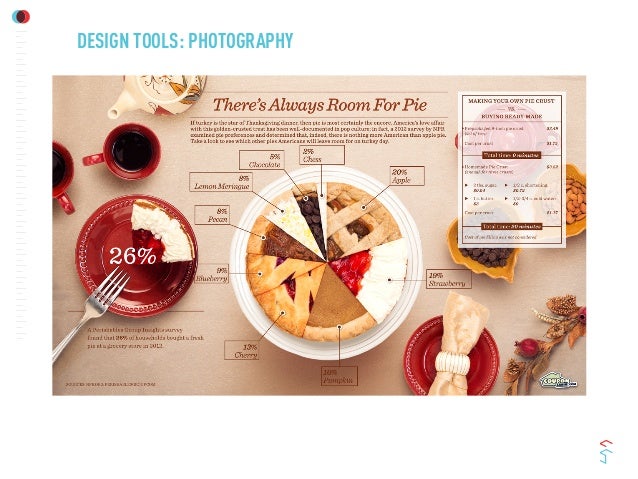What Every Professional Photographer Should Understand About Lights
What Every Professional Photographer Should Understand About Lights
Blog Article
Composed By-Greenwood Riddle
As a digital photographer, you understand that lighting can make or damage your images. Recognizing the subtleties of both all-natural and man-made light is necessary for catching the state of mind and quality you aim for in your job. Whether you're chasing the ideal gold hour glow or tweak your synthetic arrangements, mastering these aspects can boost your photography dramatically. However there are common risks that numerous overlook, and identifying them can transform your method to every shoot. Let's discover what you might be missing and how it can influence your results.
Comprehending All-natural Light
Recognizing natural light is critical for any kind of digital photographer seeking to improve their job. It's the structure of great digital photography, influencing state of mind, tone, and clearness. When you fire outdoors, take note of the time of day. The gold hour-- soon after daybreak and prior to sundown-- uses soft, warm light that can transform regular scenes right into spectacular photos.
Do not ignore the power of overcast days. Cloud cover diffuses sunlight, developing a soft, also light that's perfect for pictures and macro digital photography. You'll discover colors pop in this kind of lighting without extreme darkness.
Positioning matters, as well. Constantly consider your topic's alignment to the source of light. If learn this here now 's behind your topic, you might end up with a shape, which can be dramatic yet mightn't be what you desire. On the other hand, direct sunshine can develop uncomplimentary darkness.
Experiment with angles; occasionally, changing your perspective can generate remarkable outcomes. Usage natural reflectors, like water or sand, to jump light onto your topic, adding dimension.
Mastering Artificial Light
Grasping synthetic light is necessary for professional photographers who wish to take their skills to the next level. Whether you're using speedlights, studio strobes, or continuous lights, comprehending exactly how to manipulate these resources can drastically enhance your images.
Beginning by acquainting yourself with the fundamentals of light high quality, direction, and color temperature. Explore various modifiers like softboxes, umbrellas, or grids to manage the gentleness or harshness of the light.
You'll discover that soft light typically develops lovely results, while harsher light can include drama and depth. Don't avoid darkness; they can boost the three-dimensionality of your subjects.
Pay close attention to the placement of your lights. A light located too close to your subject can produce uncomplimentary outcomes, while as well away can lead to a lack of information. Use a light meter or your camera's histogram to guarantee you're subjecting appropriately.
Finally, bear in pop over here that man-made light can be mixed with ambient light for imaginative impacts. Balancing these sources could take technique, once you understand it, your digital photography will absolutely shine.
Strategies for Various Scenarios
When you step into various capturing situations, adjusting your lighting methods is vital for catching the very best photos. For https://telegra.ph/Common-Errors-New-Photographers-Make-And-How-To-Avoid-Them-01-07-2 , utilize the golden hour-- early morning or late afternoon light-- to soften shadows and boost complexion.
If it's an extreme lunchtime sunlight, take into consideration utilizing a reflector to jump light back onto your subject or look for shaded locations for an extra even direct exposure.
In low-light situations, like indoor events, enhance your ISO and utilize a large aperture to let in even more light. A tripod can aid eliminate electronic camera shake, enabling longer exposures without obscuring.
If you're shooting at evening, try out off-camera flash to produce dynamic lighting and deepness in your pictures.
For product digital photography, utilize diffused lights to stay clear of rough representations. Softboxes or light tents can aid accomplish this impact.
When photographing landscapes, consider the direction of light and time of day, as it can dramatically transform the state of mind of your shot.
Always prepare to change your settings and positioning based upon the situation, as flexibility is crucial to understanding lighting in photography.
Verdict
To conclude, grasping lighting is vital to boosting your photography abilities. Embrace natural light's elegance throughout gold hour, and do not shy away from explore artificial light strategies. By adjusting your strategy to various scenarios, you'll record stunning photos that resonate with feeling and clarity. Bear in mind, the right illumination can change an average shot into something remarkable, so maintain practicing and improving your understanding of both natural and fabricated light. Pleased capturing!
